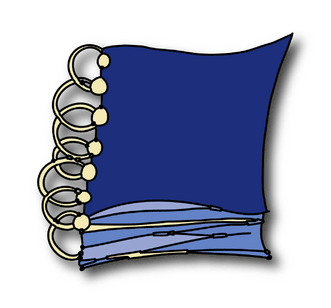
Teachers help students to take notes more accurately and efficiently by having the class use guided notes. Guided notes are teacher-prepared handouts, or notes-templates.
Like traditional notes, guided notes summarize key concepts of lecture material. A key difference, though, is that guided notes contain gaps or blanks into which the student must write key words or phrases.
Research indicates that guided notes can increase the likelihood that a student will actively engage in, and respond to, lesson content. Among other benefits, guided notes can help a student to distinguish between more important and less important lecture content, ensure that all students are studying from a standard series of lecture notes, and help to hold both instructor and students to a prepared lesson plan.
Steps in Implementing This Intervention:
Step 1: Prepare Guided Notes. Instructor can follow these guidelines to develop useful guided notes:
- Adopt a consistent set of organizational cues (e.g., blanks, asterisks, bullets) to alert students about where, when, and how many concepts to record
- Try to strike a balance between an overly simplified fill-in-the-blank format (the student just fills in the occasional blank) and one that is extremely open-ended (the student must construct large stretches of notes independently).
- As your class becomes more proficient at note-taking, you can gradually ‘fade’ the use of guided notes by providing less pre-formatted notes-content and requiring that students write a larger share of the notes on their own.
- You can boost the effectiveness of guided notes (or indeed any note-taking strategy) by including additional incentives or follow-up activities to monitor student note-completion and study of notes.
Step 2: Use Notes & Provide Student Feedback
When guided notes are first introduced, you will probably want to collect completed notes at the end of class to check them for completion and accuracy. Or you may have students exchange notes at the conclusion of a lecture and briefly rate the accuracy and completeness of their classmates’ notes. Another approach is to have the students routinely check their own notes, following a simple checklist (e.g., “Have I filled in every blank on the guided-notes sheet with an appropriate word or phrase? If not, how can I find the appropriate information to write down?”).
Troubleshooting:
Preparing guided notes takes up too much of the teacher’s time. The classroom teacher generally prepares guided notes. Instructors of older students, however, may discover that they can hand some responsibility to their students to prepare guided-notes. For example, as a cooperative-learning exercise, a group of students might be assigned a chapter-section from a biology text and asked to compose a set of guided notes based on its content. The teacher can then review and edit the notes as needed.
References
Heward, W.L. (1996). Three low-tech strategies for increasing the frequency of active student response during group instruction. In R.Gardner III, D.M. Sainato, J.O. Cooper, T.E. Heron, W.L. Heward, J.W. Eshleman, & T.A.Grossi (Eds.) Behavior analysis in education: Focus on measurably superior instruction (pp.283-320). Pacific Grove, CA
Reprinted with permission from Jim Wright from www.interventioncentral.org.
To Download this issue of The Practical Teacher – Click Here
(right click and choose “save” or “save target as”)

